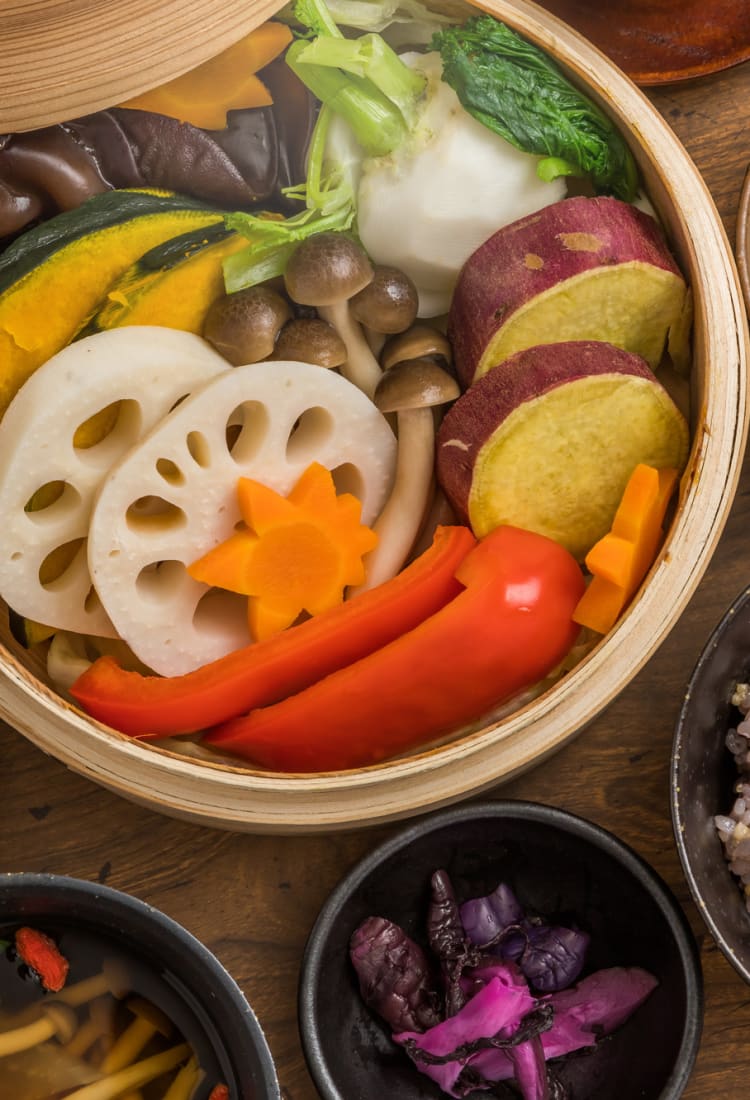
2022.07 Japanese Cuisine for All, Including Vegan, Vegetarian and Halal Selections The diversity of options for food-conscious travelers continues to evolve
However, aside from the many internationally popular dishes, there is a deep focus on seasonal vegetables, fermentation and locally produced, locally consumed products in Japan. Including these aspects, explore the origins of Japanese cuisine and how it’s evolved to incorporate vegan, vegetarian and halal options today.
Japanese cuisine throughout history
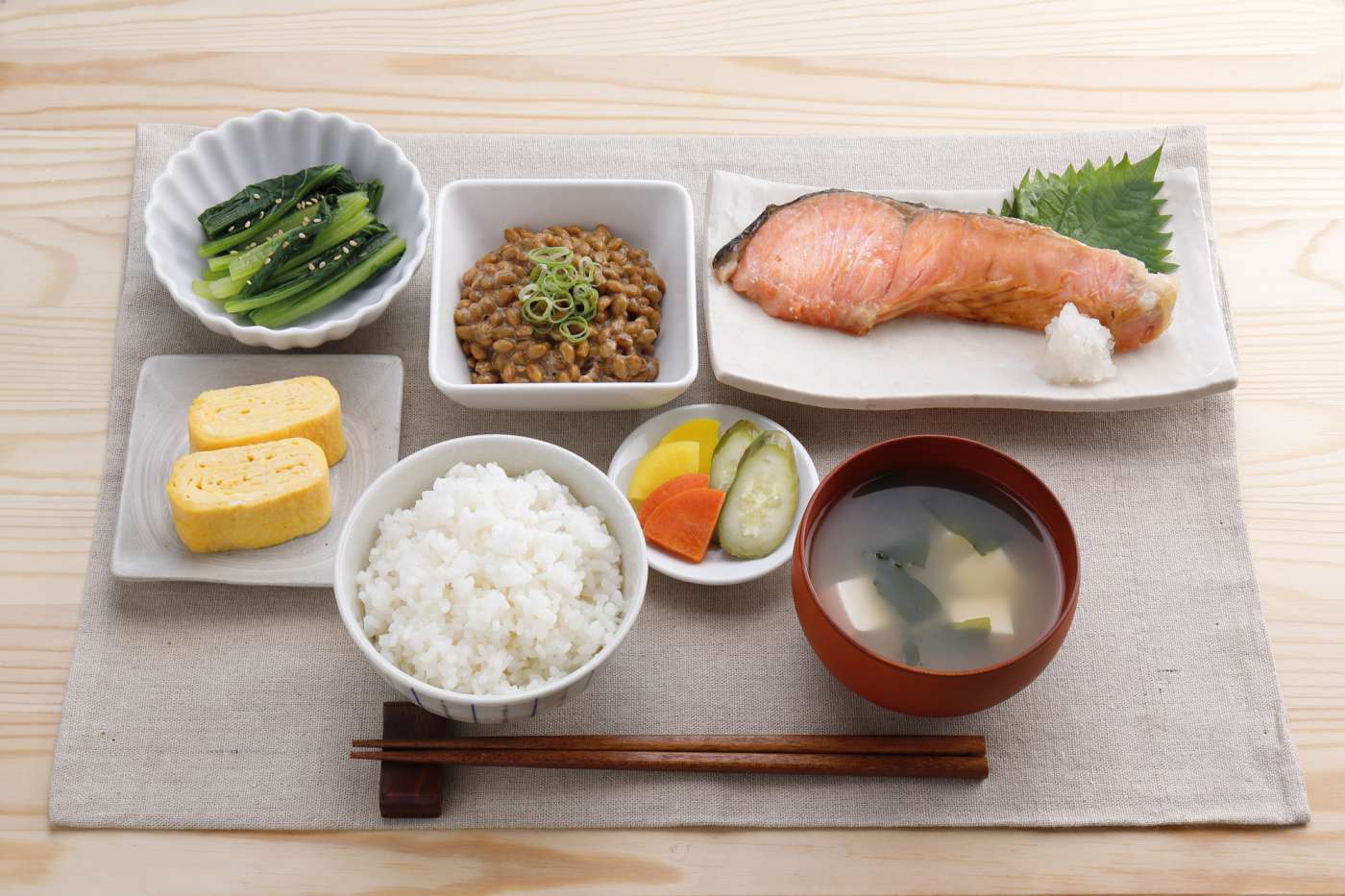
A shift from foraging to rice cultivation marked a distinct change in Japanese dietary habits approximately 3,000 years ago. Rice remains the staple today, and rice accompanied by “okazu,” or a side dish, is the backbone of the Japanese diet.
Okazu includes dishes featuring fish, meat or eggs, and a traditional Japanese home-cooked meal will generally include a few of them, alongside seasonal vegetables, both raw and fermented, and inevitably, miso soup. This focus on rice, vegetables and fermentation has contributed greatly to the world-renowned healthy Japanese diet.
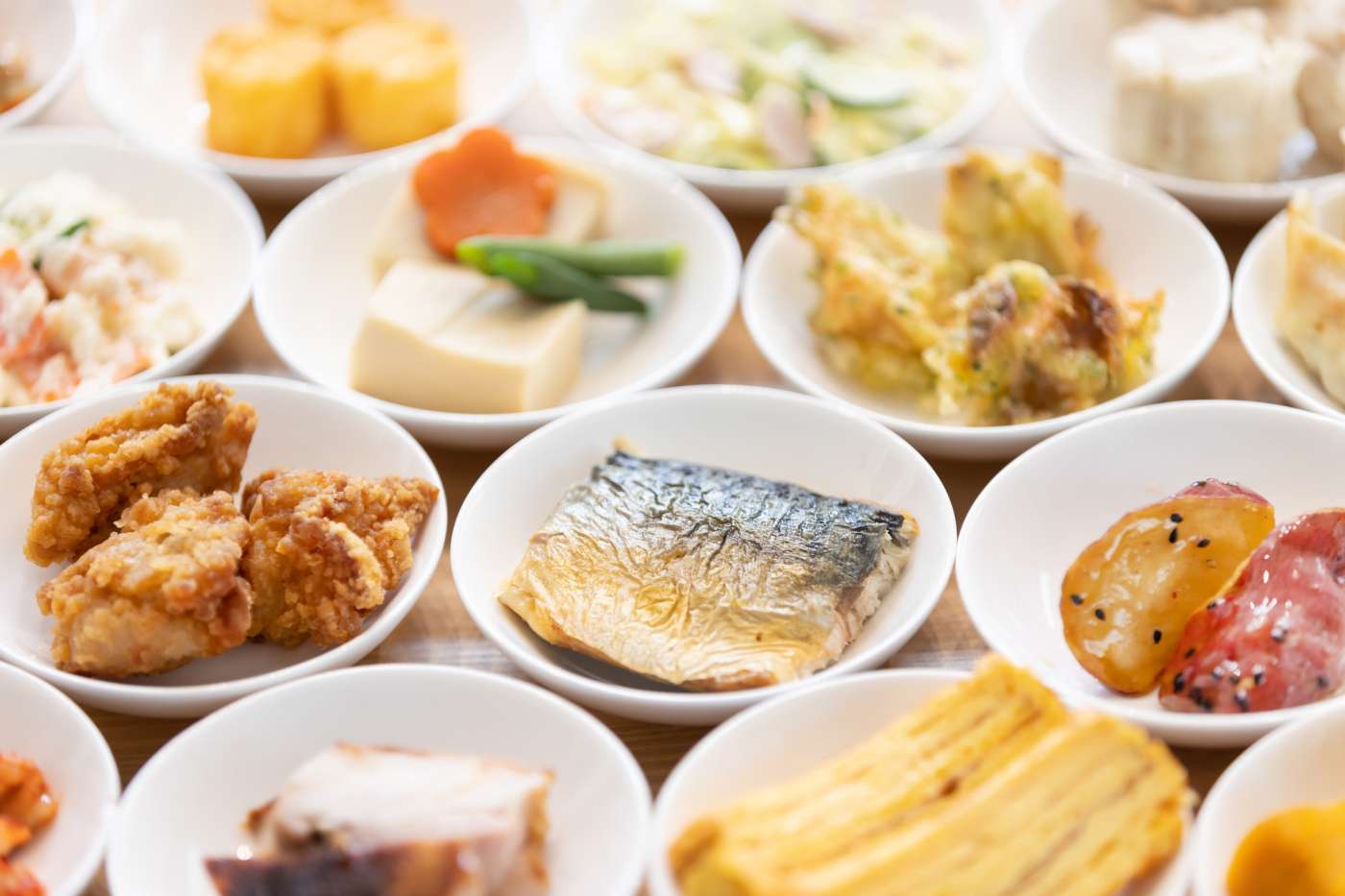
The definition of “okazu” is slightly debatable, but if it goes with rice, it’s okazu!
Through this lens, let’s take a deeper look at Japanese cuisine’s development, including “shojin ryori,” a Buddhist vegetarian cuisine prepared since ancient times, and “kaiseki ryori,” elaborate multi-course meals with a focus on seasonal and regional ingredients. Further, in the modern era, Japanese staples, including ramen, have been adapted for vegan and vegetarian diets. Japan also has many halal options available for visitors that adhere to halal Islamic law. In closing, we’ll also take a deeper look at fermented power foods, including natto, “tsukemono,” or Japanese pickles, and miso, a superfood that’s been around for over 16,000 years!
Shojin ryori: Simple vegetarian Buddhist cuisine
Made without meat, fish or animal products, shojin ryori was introduced to Japan by the founder of Zen Buddhism in the 13th century. Typical meals are centered around soybean-based dishes including tofu, alongside seasonal and foraged vegetables. This powerful healthy meal is said to bring balance to the body and mind. The cuisine is also founded on the Buddhist and Dharmic concept of non-violence. Today, visitors to Japan can find opportunities to enjoy this cuisine at certain temples offering the experience, as well as specialist restaurants bringing shojin ryori to the world.
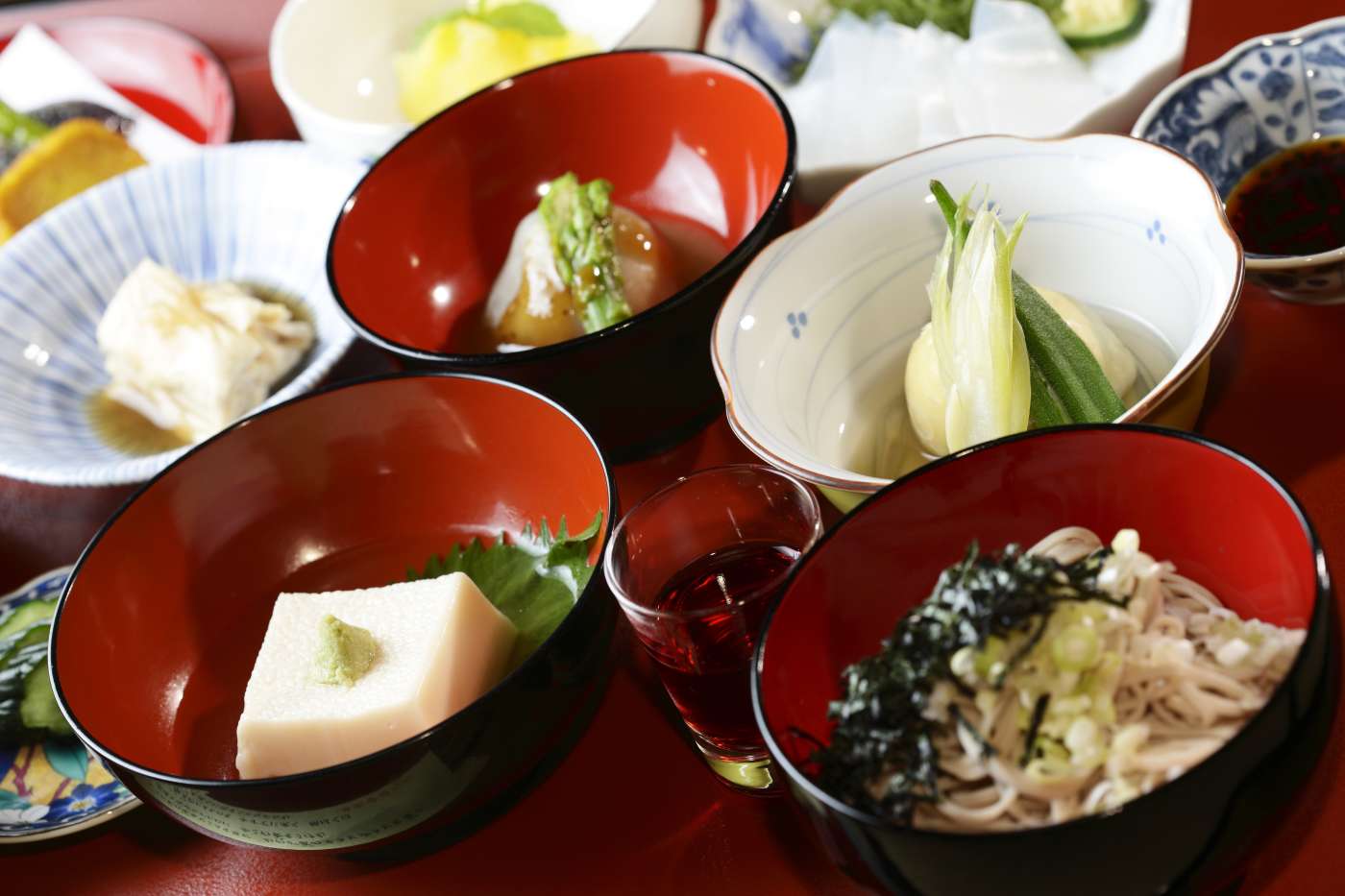
Shojin ryori focuses on tofu and vegetable-based dishes.
These ancient culinary traditions, including a focus on local and seasonal ingredients, have also influenced modern Japanese haute cuisine in the form of kaiseki ryori. Originally rustic and similar to the pared-down Buddhist meals detailed above, kaiseki ryori gradually evolved into an elaborate form of dining popular with the aristocracy. Today, it remains a gourmet affair, but the subtle flavors drawing on natural ingredients have deep roots in the Japanese palate and aesthetic culinary presentation methods. For the visitor seeking a fully Japanese culinary gourmet experience, look no further than kaiseki ryori.
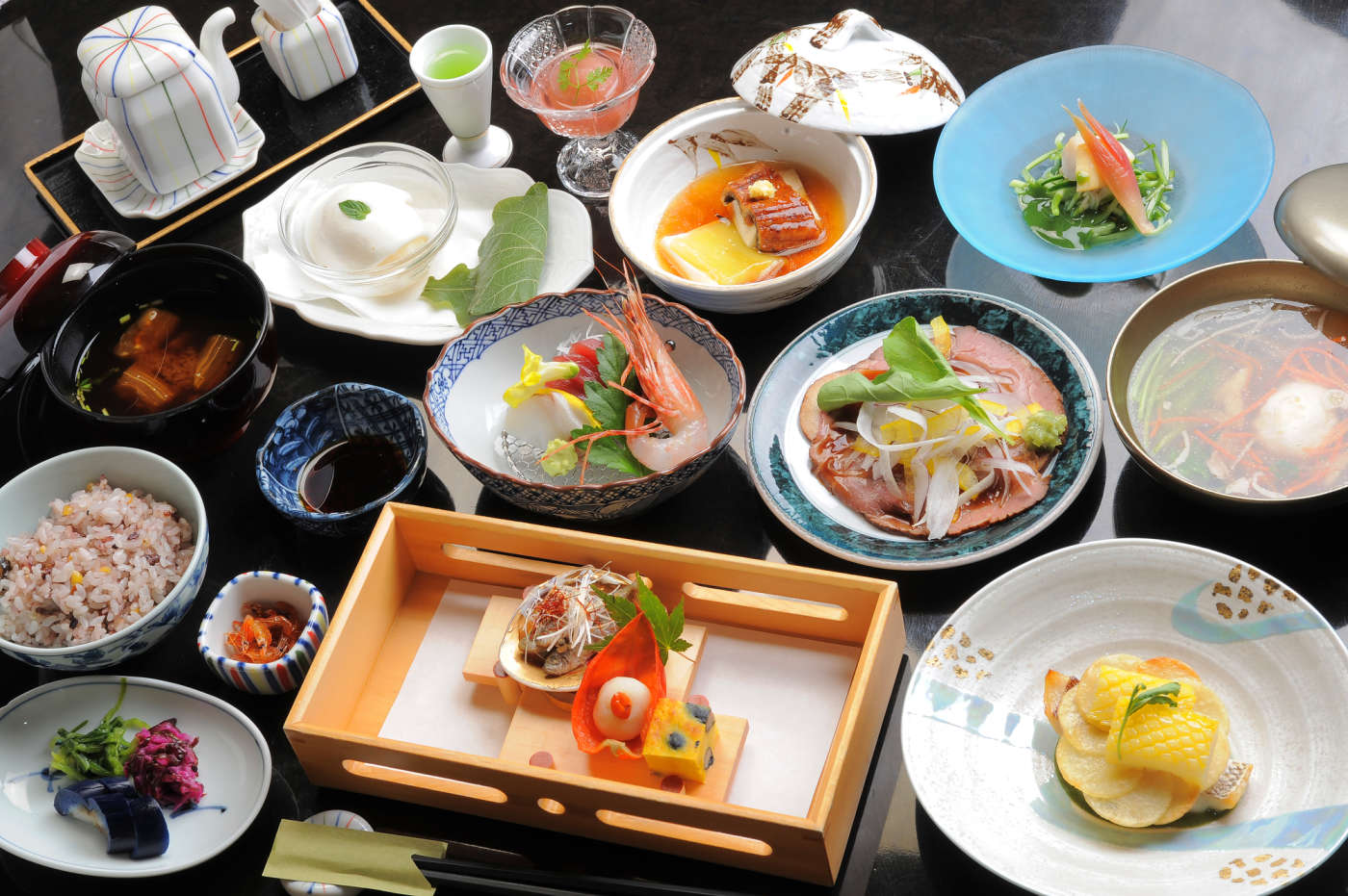
Kaiseki ryori is a grand experience for the senses for any visitor to Japan.
Vegan and vegetarian takes on Ramen and other Japanese staples
Outside of shojin ryori and explicitly vegetarian Buddhist tradition, vegetarianism and veganism are still relatively uncommon in Japan, with fish and meat being highly prevalent in many dishes. However, in recent decades the country has made strides in offering vegetarian and vegan takes on popular Japanese food, with ramen and curry as popular choices.
Japanese ramen is a global phenomenon, but many of the varieties have been off the table for vegetarian and vegan diners due to the pork, chicken and fish stock in the base of the soup. Ramen noodles are also egg-based, making them inaccessible for vegans. However, ramen shops across Japan have stepped up to the plate with innovative and exciting ways to create vegetable-based ramen that everyone can enjoy, using secret veggie broth recipes and both lotus root and konjac (a starchy tuber) for the noodles.
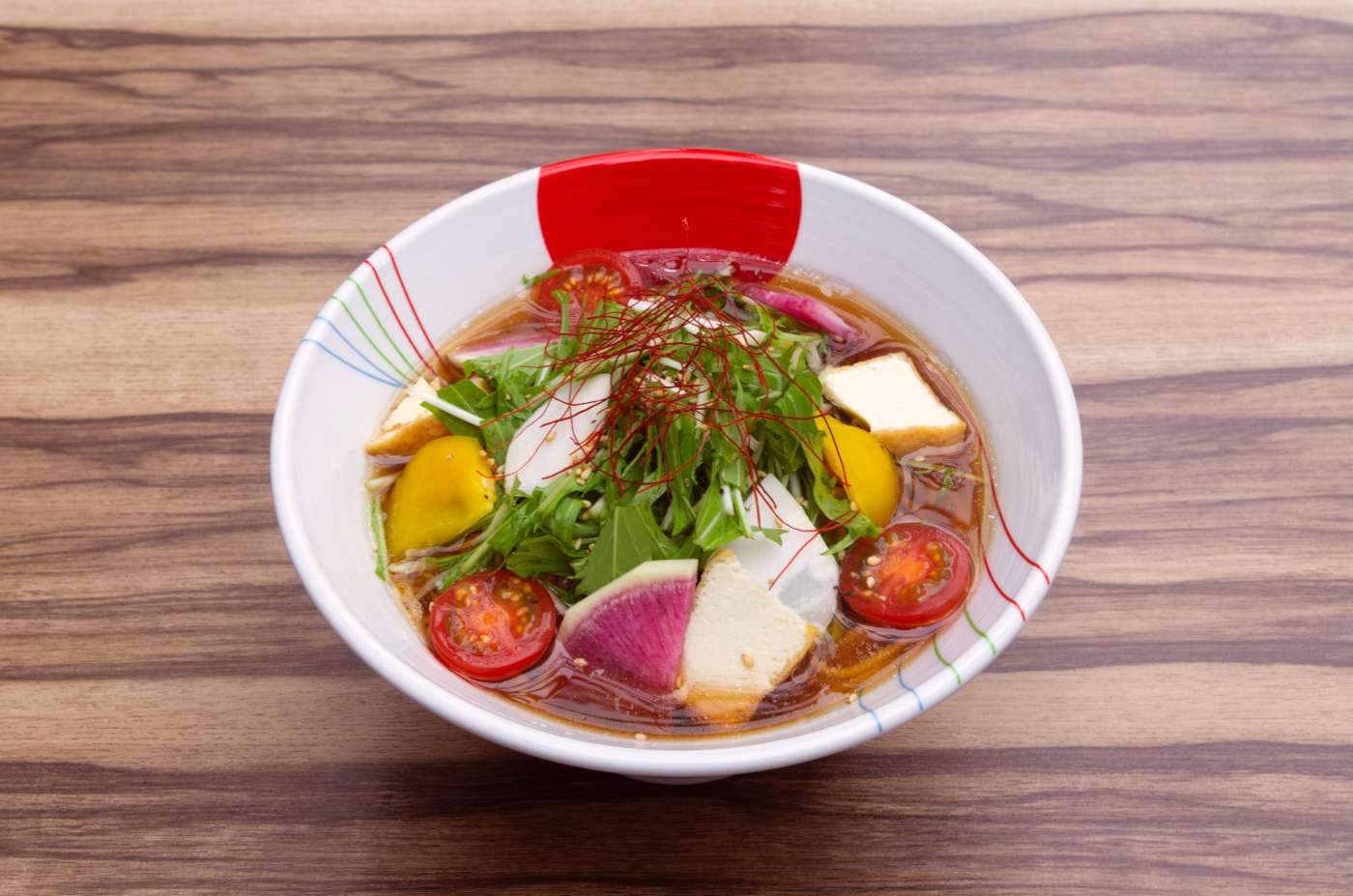
Photo credit: SORANOIRO
The above-mentioned konjac is a fantastic vegetarian and vegan food in itself, made from the starch of a tuber common to Japan. The starch can be pulled into noodles and formed into balls or cakes, making it adaptable to almost any preparation. It’s also naturally very low in calories and carbohydrates, and has found popularity in Italy, of all places, as a healthier replacement for pasta!
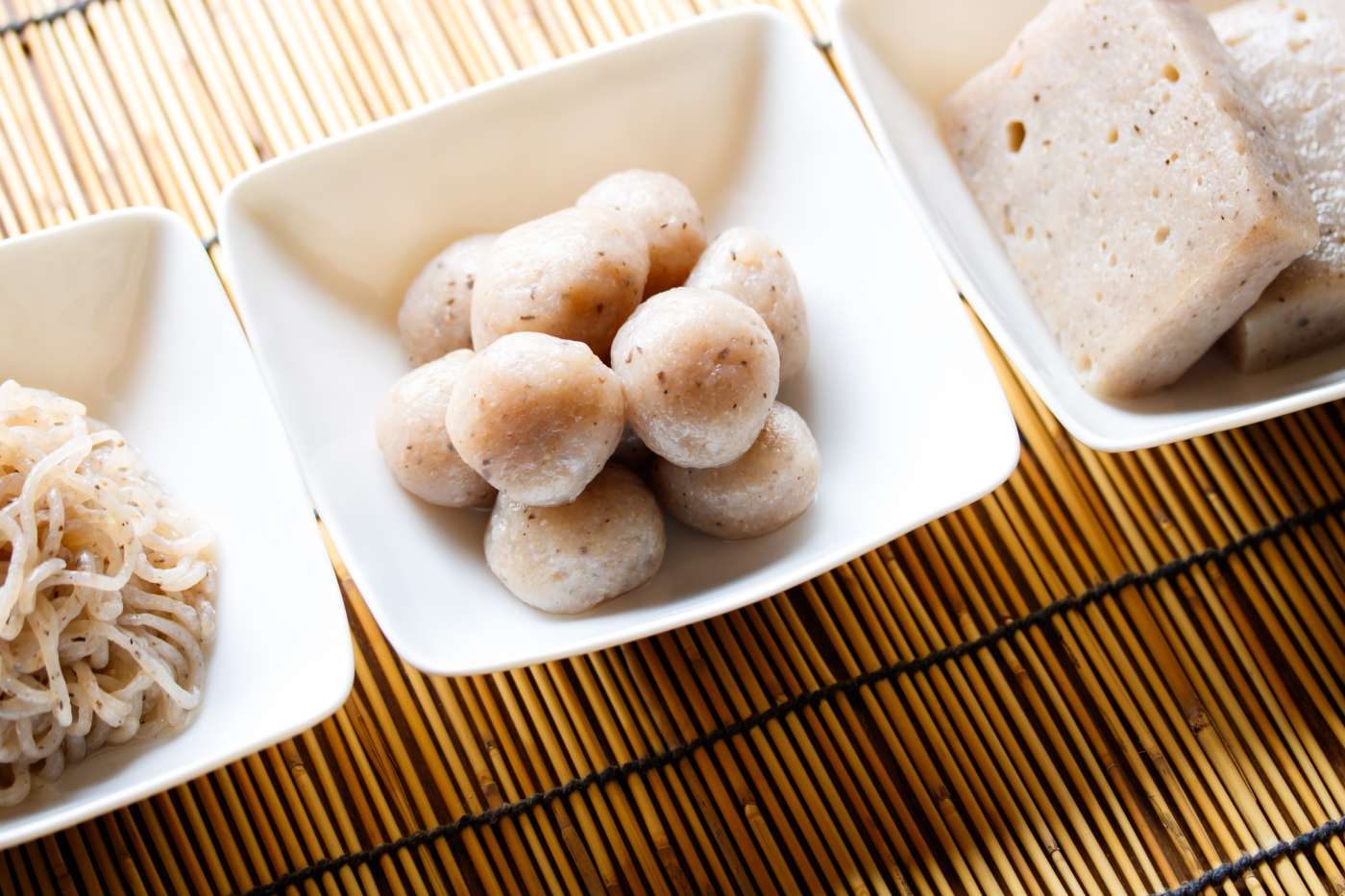
Konjac is a versatile vegan superfood that can take any shape!
Curry comes in many styles differing in spice level, and deserves a mention as a wonderful option. When served as a strictly vegetarian or vegan dish, the roux is prepared without any animal products, and it can incorporate apples or other natural sweeteners alongside mild spices. Some vegan and vegetarian curries popular in Japan feature over a dozen different vegetable toppings—a hearty, healthy and delicious option for any meal.
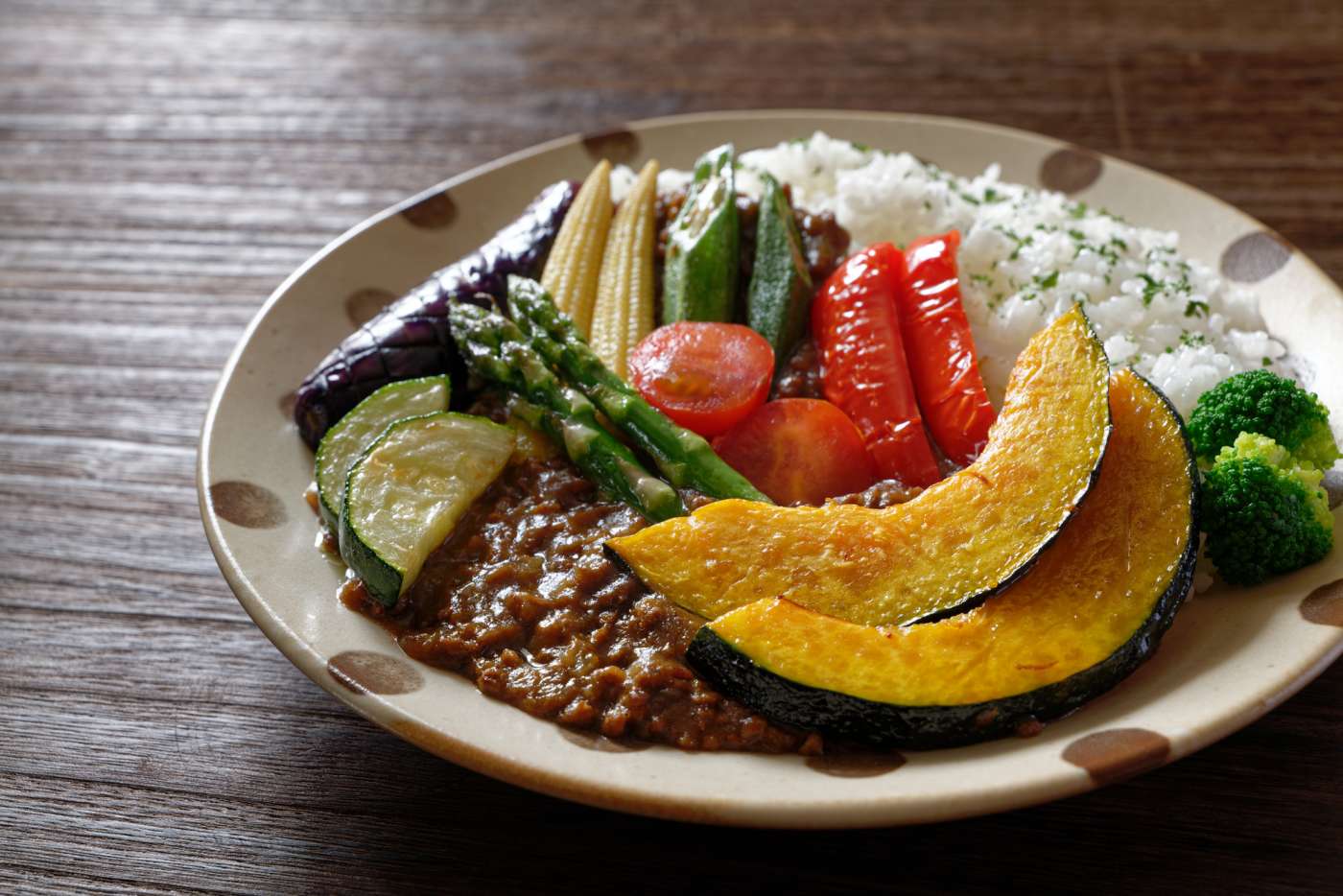
Halal options providing cultural consideration for carnivorous travelers
For meat-eating visitors to Japan, Japan’s meat industry is world-renowned for quality standards and refined production, including luxurious Wagyu beef, scintillating chicken skewers you could write an entire letter home about, and more. For visitors and residents that adhere to halal Islamic law, Japan has also steadily adopted halal practices to give every visitor a chance to enjoy Japanese meat cuisine. The Japan Halal Foundation has also been established as one official avenue to certify halal products in Japan.
Individuals adhering to halal dietary standards also do not consume alcohol. To this end, it’s worth mentioning that Japanese rice wine for cooking, mirin, can be alcoholic. Although the alcohol content is generally boiled off when cooking, if used to infuse a sauce or marinade, it will still contain traces of alcohol, so please use care accordingly.
Japanese fermentation at the core of a health-conscious diet
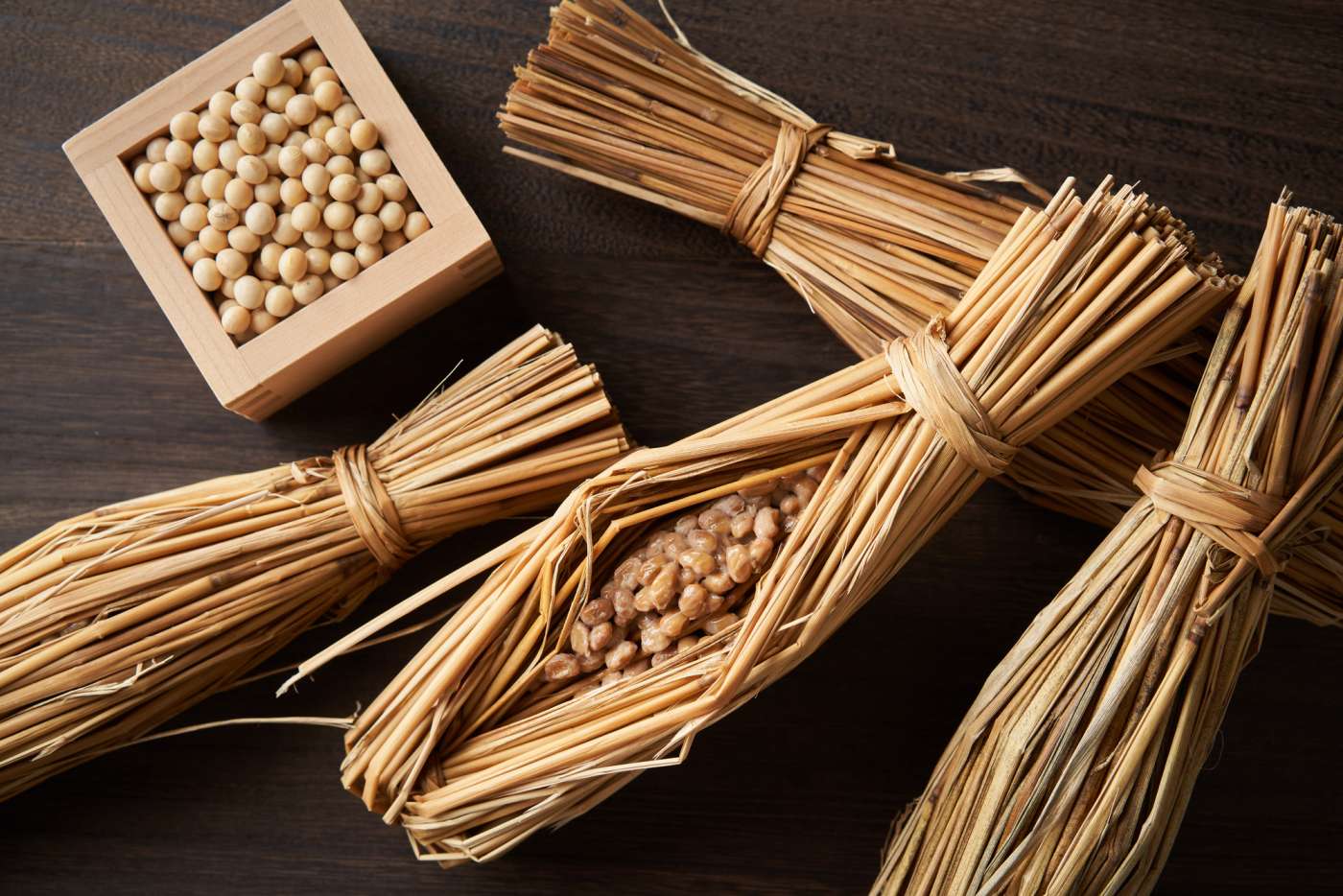
Natto shown fermenting naturally in rice straw, the traditional method.
Japanese tsukemono, or pickles, are also ubiquitous in traditional Japanese cuisine. Cucumber, white radish, daikon, eggplant cabbage are the most common vegetables used, but there are many pickling methods:
( 1 ) asazuke, or “light/quick pickling” which can be ready in as soon as 30 minutes or a few hours
( 2 ) suzuke, or “vinegar pickling,” perhaps the most common method, which is also used to pickle fish
( 3 ) nukazuke, or “rice bran pickling,” is a traditional method using rice bran, promoting sustainable use a byproduct of rice harvesting
( 4 ) misozuke, or “miso pickling,” involves pickling veggies using miso, fermented soy bean paste
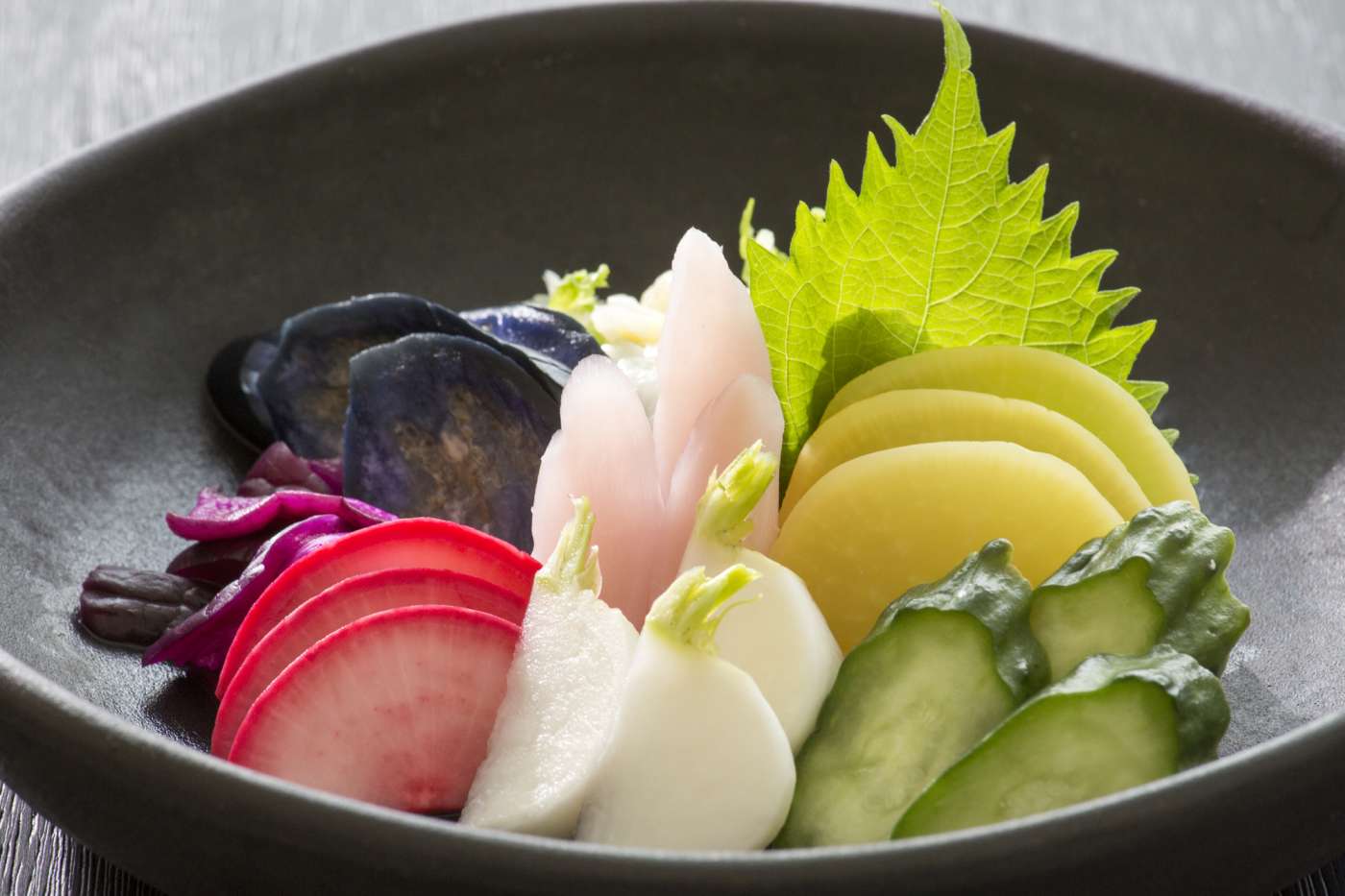
In closing—the Japanese diet wouldn’t be complete without miso, the fermented soybean paste used in miso soup. Produced by fermenting soybeans with salt and koji (the fungus Aspergillus oryzae), this method of preserving soybeans for an extended period dates back to the since the Neolithic era (Jōmon period (14,000–300 BC). Ancient, delicious and nutritious!
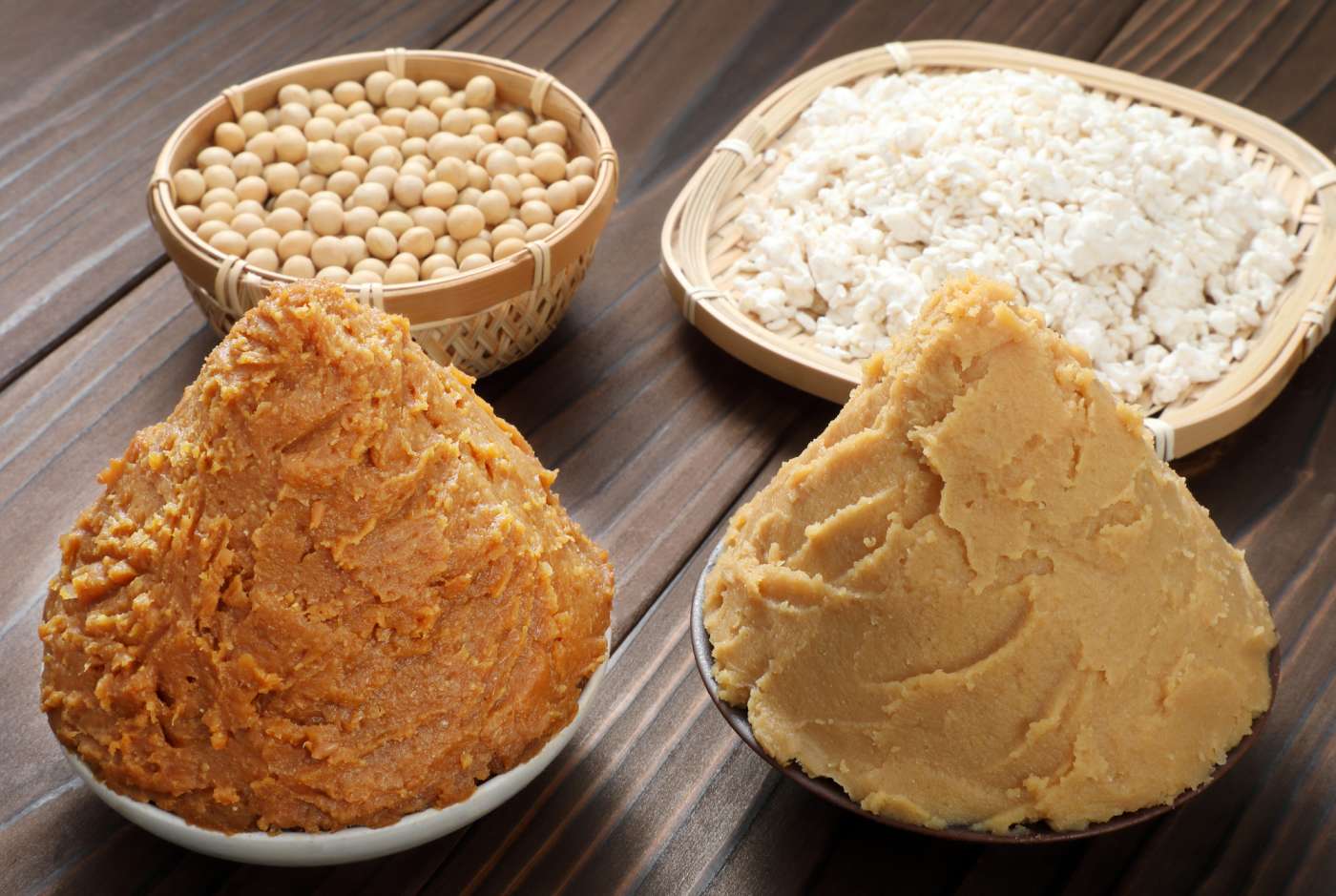
Japanese cuisine is world famous for a reason—the ingredients, methodology, presentation, history and intrigue make it one of Japan’s greatest cultural exports. What’s more, Japanese food is genuinely healthy and many of its cornerstones are essential keys to longevity, balance and happiness. We hope your next visit to Japan is full of wonderful flavors and stunning feasts for all the senses, regardless of your dietary preferences or restrictions. Itadakimasu ! (Bon appétit ! )
Business hours
Due to measures to prevent the spread of COVID-19, business hours may be subject to change; please check with the venues before visiting.




























































